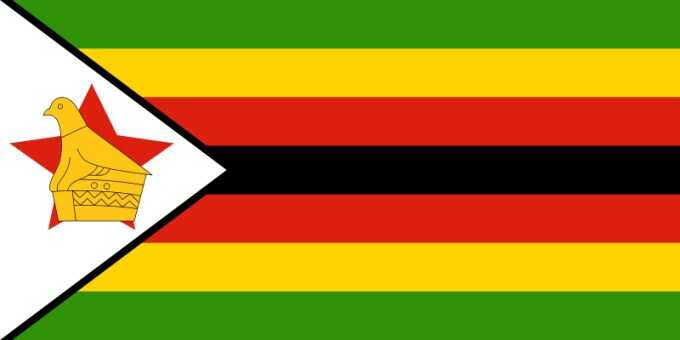Government is working on providing food aid in urban areas to ensure the estimated 2,2 million food-insecure people living in towns do not go hungry, with a pilot project on identifying the vulnerable already taking place in Epworth.
The pilot project is being undertaken in conjunction with the World Food Programme (WFP) and will set the parameters for identifying more beneficiaries.
The new thrust was revealed by Public Service, Labour and Social Welfare Minister Dr Sekai Nzenza in an interview with The Herald yesterday after a key workshop sponsored by the United Nations Development Programme (UNDP) held in Nyanga over the weekend.
The workshop, which included senior staffers in the Ministry of Public Service, Labour and Social Welfare and donor partners, aimed at reviewing the social welfare strategy and refocus to maximise efficiency.
Minister Nzenza said while the five-year strategy was not yet complete, they had identified key goals, with the immediate one being food distribution.
She said delivering food aid to urban areas was critical as about 2,2 million faced food shortages.
“We are going to be working more closely with the World Food Programme,” said Minister Nzenza. “We will work in rural areas, but we also have the urban poor and already we know from the ZimVAC (Zimbabwe Vulnerability Assessment Committee) report that we have got about 2,2 million people in the urban areas in need of food.
“So, currently we are working with the World Food Programme on a pilot project in Epworth on how we can identify the beneficiaries in an urban area to provide them with adequate food.”
Minister Nzenza said Government wanted to ensure that there was an effective distribution system of food aid, from the Grain Marketing Board to the district and ward levels.

“The challenge we are experiencing now is that the GMB vehicle can get to the GMB depot, they may get to the district, but from there to ward level that’s where transporters are charging something like $10, $20 per bag,” she said.
“Where do people get that money. More so, they want the money in cash. So, we are in the conversation now, going forward with DDF (District Development Fund) and the army to see how we can speed up the processes of delivering food to the remotest village.”
Poor rainfall in the last summer cropping season due to El Nino resulted in most poor urban families that engage in urban agriculture failing to get decent yields from their crop, thereby exposing them to food insecurity.
Minister Nzenza said for the first time ever, Government was working with all the donor partners for the social welfare review of the strategy.
UNICEF, the International Labour Organisation, UNESCO and others, including the National Association of Non-Governmental Organisations (NANGO), which coordinates the implementation of the non-State actors’ coordination and capacity-strengthening programme, attended the three-day workshop in Nyanga.
“I was pleased that NANGO came because they are representing the majority of the NGOs in the country and the role of NGOs is to complement Government efforts. But if an NGO is not clear on the strategy of the Government or not clear on the Transitional Stabilisation Programme (TSP), how can they be complimenting us?” said Minister Nzenza.
“They are working hard, but we need to work together. We also wanted to see how well we are alive to the President’s vision to make this country become an upper-middle-income economy by 2030, though our strategy is looking at the next five years.”
Zimbabwe has revised upwards the budget for humanitarian support to US$464 million amid indications that about 5,5 million people are food insecure.

